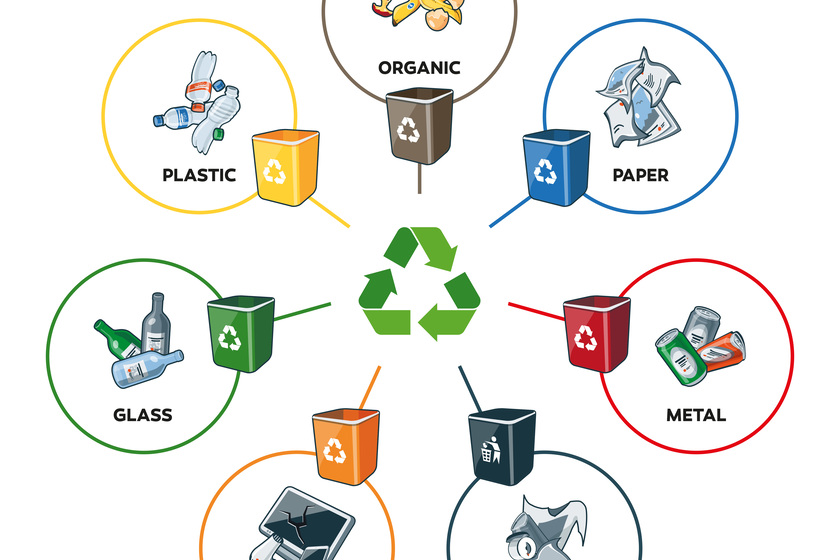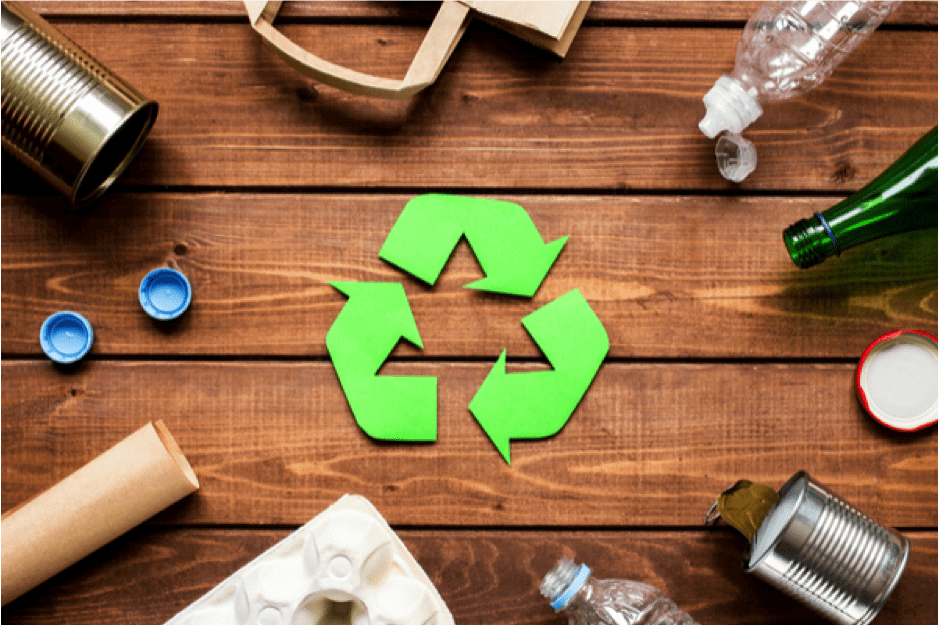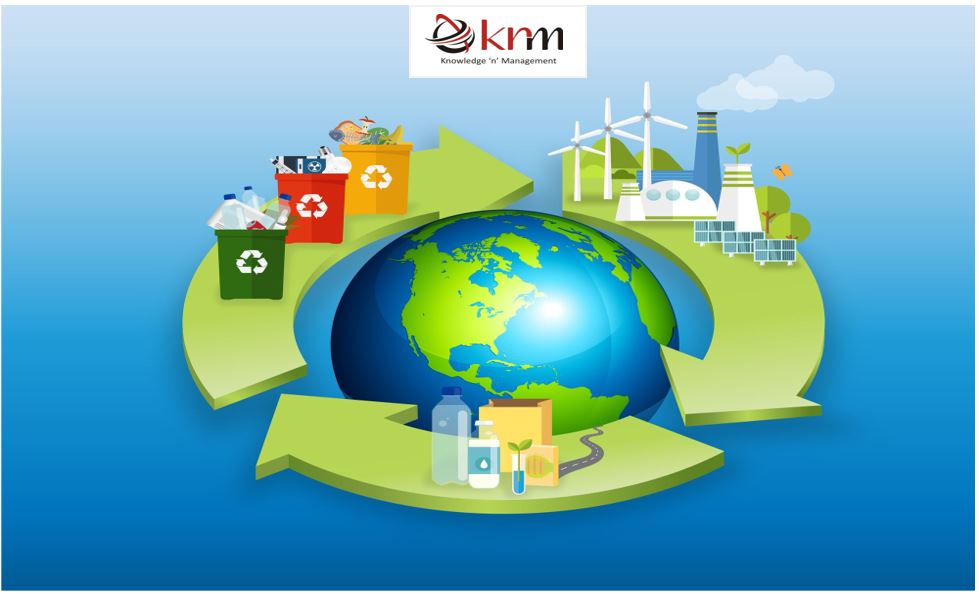Recycling Lives Services: Leading the Way in Accountable Recycling
Recycling Lives Services: Leading the Way in Accountable Recycling
Blog Article
Checking Out Different Kinds Of Waste in Modern Waste Administration Systems
The modern landscape of waste monitoring entails navigating a complicated selection of waste kinds, each needing specialized handling and disposal methods to minimize ecological influences. Municipal solid waste, unsafe waste, electronic waste, and organic waste each present distinctive challenges and opportunities for resource recovery.
Local Solid Waste
Metropolitan solid waste, often described as family trash or rubbish, encompasses a variety of discarded products produced by household, industrial, and institutional sources within a community. This waste stream usually consists of items such as packaging, food scraps, yard trimmings, paper, plastics, textiles, and discarded home products. The management of local solid waste is a crucial part of metropolitan preparation and public health, necessitating reliable collection, transport, and disposal systems.
Efficient waste administration systems are developed to lessen ecological effect while taking full advantage of source healing. This often includes a mix of strategies consisting of recycling, landfilling, and composting. Reusing programs target materials like paper, glass, steels, and certain plastics, diverting them from garbage dumps and reintroducing them into the production cycle. Composting natural waste, such as food scraps and lawn trimmings, not just decreases garbage dump use however also creates beneficial dirt amendments.
Communities must additionally deal with the logistical and economic difficulties related to waste management. Implementing pay-as-you-throw systems, improving public awareness, and buying innovation can significantly enhance waste diversion prices. By incorporating these methods, municipalities can promote lasting communities, reduce greenhouse gas emissions, and conserve natural deposits.
Hazardous Waste

Effective contaminated materials administration entails a number of vital actions: identification, partition, therapy, and disposal. Recognition requires the classification of waste based on its hazardous homes. Partition ensures that harmful materials are stored individually from non-hazardous waste to avoid cross-contamination. Therapy methods, such as chemical neutralization, incineration, and stablizing, are employed to minimize the toxicity, volume, or flexibility of the waste. Ultimately, disposal options, consisting of safe landfills and underground storage, are chosen to make sure long-lasting control.
Regulatory frameworks, such as the Source Preservation and Healing Act (RCRA) in the United States, provide guidelines and criteria for hazardous waste management. Adherence to these laws, coupled with developments in waste treatment innovations, is vital in minimizing the threats linked with contaminated materials.
Digital Waste
Electronic waste, generally described as e-waste, represents a swiftly expanding difficulty in waste administration systems worldwide. This sort of waste encompasses thrown out digital tools and equipment such as smartphones, computers, televisions, and other digital appliances. The rapid rate of technical innovation, paired with reducing product lifespans and customer need for the most up to date tools, has tremendously raised the quantity of e-waste created yearly.
E-waste is especially troublesome due to its complicated structure, frequently containing dangerous substances like lead, cadmium, and mercury, which present substantial ecological and wellness risks otherwise effectively managed. On the other hand, e-waste additionally has important materials such as gold, copper, and silver, which can be recuperated and reused. The twin nature of e-waste-- both valuable and dangerous-- requires customized handling, reusing, and disposal procedures.
Reliable e-waste management involves stringent regulatory frameworks, robust collection systems, and go to my site advanced recycling innovations. Public recognition and participation are essential, as improper disposal practices, such as illegal disposing and informal recycling, intensify environmental contamination and health risks. Improving e-waste management practices is important for mitigating environmental effect and recovering useful resources in a progressively electronic globe.

Organic Waste
Organic waste, comprising kitchen scraps, yard trimmings, and farming residues, represents a considerable section of the worldwide waste stream. This kind of waste is naturally degradable, implying it can be damaged down by microbes right into simpler natural compounds. In spite of its potential for all-natural decomposition, inappropriate management of natural waste can result in damaging environmental impacts, consisting of the emission of greenhouse gases such as methane, which add to climate adjustment.
Efficient monitoring of natural waste is crucial for minimizing these environmental influences (recycling lives services). Composting is a widely embraced technique, changing natural waste into nutrient-rich compost that can improve dirt health and wellness and farming productivity. In addition, anaerobic digestion is an emerging modern technology that converts organic waste into biogas, a sustainable power resource, and digestate, which can be made use of as plant food
Municipalities and waste management entities should carry out durable natural waste collection and therapy programs to make best use of the advantages of these procedures. Public education and learning campaigns can also play an essential duty in motivating houses and organizations to separate natural waste from various other kinds of waste. By focusing on the administration of natural waste, societies can minimize garbage dump use, lower official site greenhouse gas discharges, and produce important by-products for agricultural use.

Innovative Waste Monitoring
In the world of waste administration, ingenious methods are transforming how societies manage their refuse, intending for sustainability and performance. One famous advancement is the application of wise waste bins geared up with sensing units that keep an eye on fill degrees and enhance collection paths.
One more notable advancement is the adoption of waste-to-energy (WtE) modern technologies. By converting non-recyclable waste into functional energy via procedures such as incineration and anaerobic digestion, WtE reduces garbage dump burden and gives a sustainable power source. In addition, developments in chemical reusing permit for the malfunction of intricate plastics right into their original monomers, allowing the development of new, premium plastic products.
Additionally, the round economic climate design is gaining traction, stressing the design of items and systems that focus on reusability and resource effectiveness. This holistic strategy motivates industries to lessen waste generation from the start. Through these cutting-edge methods, modern waste administration systems are not only resolving the immediate obstacles of waste disposal but likewise leading the way for an extra lasting future.
Conclusion
An extensive understanding of local solid waste, contaminated materials, electronic waste, and natural waste, paired with the execution of innovative waste management remedies, is vital for mitigating environmental impacts. Integrating innovations such as wise waste containers and waste-to-energy systems can improve effectiveness and sustainability. Reliable waste monitoring approaches not just foster source recuperation yet additionally promote public awareness and participation, ultimately contributing to the advancement of a round economic situation.
The contemporary landscape of waste administration includes navigating an intricate array of waste types, each requiring specialized handling and article disposal techniques to minimize environmental effects. Municipal strong waste, harmful waste, digital waste, and natural waste each existing distinctive challenges and opportunities for resource healing.Electronic waste, commonly referred to as e-waste, stands for a quickly expanding difficulty in waste monitoring systems around the world. Via these cutting-edge approaches, contemporary waste administration systems are not only attending to the instant challenges of waste disposal but likewise paving the way for an extra sustainable future.
A comprehensive understanding of community strong waste, dangerous waste, digital waste, and natural waste, paired with the execution of innovative waste management options, is essential for mitigating environmental influences. (recycling lives services)
Report this page